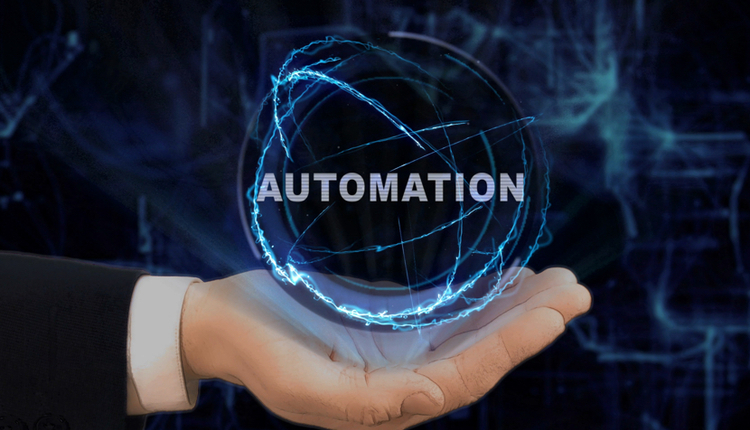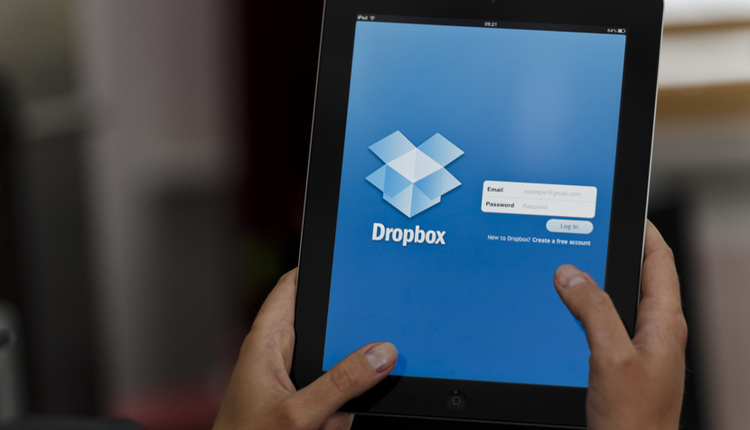
In 2017, Gartner declared ECM as “dead” and began referencing content services platforms (CSPs) instead. But ECM wasn’t really gone, it was simply renamed, as vendor after vendor began reengineering legacy on-premises ECM solutions for cloud and services architectures. These new approaches promised cost savings, faster time to value and modularity that enabled the creation of purpose-built solutions for specific use cases.
Fast forward to 2023. The transition to the cloud and services architectures has expanded and matured, accelerated by the unprecedented pandemic and shift to hybrid working models. Cloud, artificial intelligence (AI), and these new services-based architectures have made the legacy categories of capture, enterprise content management (ECM), content sharing and collaboration (CSC), digital asset management (DAM) and web content management (WCM) truly obsolete. It’s time to declare ECM truly dead — again. Organizations need a new category of technology solutions for managing content.
The reality is that these older labels refer to a set of use cases which are all supported by a common library of content services. Therefore, IDC is proposing a new way to approach the content supply chain— a Unified Content Model that supports a common set of content-related services related to security, governance, archiving, measurement and analysis as well as the tasks to manage the supply chain stages shared by all content applications. The model also recognizes the need for sets of specialized services that may only apply to certain types of content or use cases. These services can be accessed and utilized via low-code/no-code tools to construct solutions for explicit jobs to be done that lead to specific business outcomes. In other words, the job to be done is separate from the supporting “plumbing” underneath. Solutions based on the Unified Content Model will orchestrate the content supply chain throughout the organization.
The Unified Content Model
The Unified Content Model has the following components:
- Interface to One or More Data Repositories: Repositories include structured and unstructured data, including text, image, audio, video, QR code assets and atomic componentized content.
- Measure/Analyze: A library of services to measure the usage and effectiveness of content. There is a closed feedback loop between measurements and the experiences that present jobs to be done.
- Manage: A set of services that are common to all use cases, including version control, templates and permissions management.
- Domain–Specific Metadata Model: Common metadata that is shared across the content supply chain to facilitate interoperability, processing and personalization.
- Plan, Produce, Publish, Promote: Categories that correspond to the “verbs” that describe actions performed on content as it traverses the supply chain journey. (These are a set of services that may be chosen for a specific job to be done. These activities may be accomplished by a human, a machine or both.)
- Jobs to be Done: These are the content-centric activities that lead to specific business outcomes. Activities vary widely. Examples include everything from retaining and disposing of documents correctly to communicating financial results, to updating product information or streaming episodes at a virtual event. Delivery Channel: Content may be delivered via a broad range of channels or edge devices — frequently delivered via more than one — depending on producer and consumer preferences. Content must be responsive and displayed in a manner that is appropriate for the channel.
- Experience: This layer describes the final recipient of the content. Note that recipients can be humans or technology. Audience App Experience – Consumption/usage by employees, partners citizens, patients, students, accountholders and other end users Industry App Experience – Consumption/usage by industry users or applications, for example healthcare systems and portals, banking or insurance policy systems Departmental App Experience – Consumption/usage by the business user or business application, such as enterprise resource management (ERP) or human capital management (HCM)
Benefits of the Unified Content Model
Solutions architected according to the model will increase operational efficiency by eliminating content silos and duplicative applications and/or platforms. This will afford multiple benefits to organizations:
- Enforce a common brand and company "voice"
- Support a 360-degree view of the customer
- Provide efficiency in content creation, management and reuse across solutions and applications
- Scale in using best-in-class cloud-based services
- "Future proof" technology by making it easier to add or substitute services and delivery channels
- Improve the overall experience for both content producers and content consumers
- Reduce redundancy in content storage
What the Unified Content Model Means for Organizations
In IDC research early in 2022, 46% of respondents indicated that improving operational efficiencies is the top business objective for content services investments. Of course, organizations can’t scrap existing workflows and related solutions overnight, but as modernization initiatives progress, organizations should adopt the Unified Content Model as a blueprint for that modernization. We are seeing implementations of the model appear in the marketplace as technology vendors leverage the opportunities afforded by cloud computing and services-based architectures to redesign the content repository and open it up for interplay between systems and actions.
How do you get started? Begin by evaluating your current content-centric workflows, stakeholders and applications asking the following questions:
- What content is your organization creating and for what purpose? How much of that content is redundant (or worse, uncontrolled)?
- What content can be (or should be) reused and/or used for multiple purposes?
- Who is producing, reviewing, approving, delivering the content? In other words, who participates in the content supply chain? What actions must be performed on that content?
- How is that content updated, revised, retained, redistributed, disposed of?
- Who (or what) is consuming the content and when?
- What integrations are required with other enterprise systems?
- How are you measuring the use and effectiveness of your content? How do you know what is working and what is not?
Once you answer these questions, develop a plan to architect a solution that maximizes the storage, analysis, management and data descriptors of content based on the Unified Content Model with your developers, vendors and/or partners. And don't neglect the human factor — develop a migration and change management strategy to minimize disruption. ECM is dead! Long live the UCM!
Holly Muscolino is the Group Vice President, Content Strategies and the Future of Work, responsible for research related to innovation and transformation in content solutions, including intelligent document processing, esignature, imaging and printing and other content workflow services at IDC. Ms. Muscolino’s core coverage also includes work transformation, technology & digital skills research, and the role of technology in driving the Future of Work.





![IDC graphics for Document Strategy[2]](https://cms-static.wehaacdn.com/documentmedia-com/images/IDC-graphics-for-Document-Strategy-2-.2474.widea.0.jpg)










